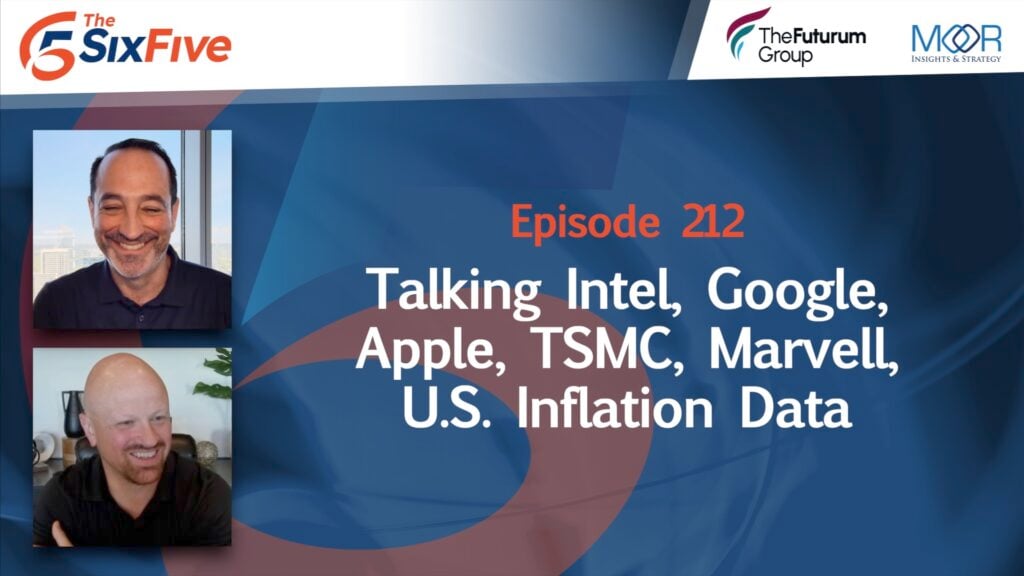The News: Enterprise video platform provider Vbrick has acquired Ramp – a provider of enterprise content distribution network solutions. Details of the transaction are available in a Press Release announcing the deal. Terms of the merger that combined two privately owned companies were not disclosed.
Vbrick Acquires Video Networking Solution Provider Ramp
Analyst Take: Vbrick’s acquisition of Ramp is a case study in the rapid transformation that is taking place in today’s enterprise streaming market.
Not long ago, Vbrick and Ramp would have been considered to be significant rivals. While Vbrick provides a complete ecosystem of video content creation and content management solutions, its calling card within the enterprise market has centered on its “distributed media engine” solutions that facilitate the delivery of video behind the corporate firewall.
Ramp has positioned itself as a pure play in the enterprise video networking field. It does not offer any content creation or management solutions, focusing only on the development of enterprise content distribution network (ECDN) solutions that can be integrated with video platforms developed by other vendors.
What the Integration of Vbrick and Ramp Looks Like
The integration of Ramp enables Vbrick to both expand its set of networking options while also boosting the prospective audience of enterprise customers.
On the product side, Ramp offers two primary flavors of networking solutions: caching solutions that help manage and process video on a distributed basis and multicast solutions that leverage capabilities that already exist on some corporate networks to pass video more readily from device to device.
Vbrick also offers caching and has developed its own peer-to-peer networking option that enables computers that are used to view a corporate video to act as a server that passes that video along to other viewers.
Multiple technology options are useful to have when it comes to the distribution of video in the enterprise. No two corporate networks are the same. In some cases, even different segments of the same corporate network are best served by different approaches. For instance, caching may work best at a corporate headquarters while a smaller regional office may be well-served by a peer-to-peer option.
A vendor that is able to offer multiple networking approaches under a single, integrated platform offers its customers flexibility in configuring and managing their video-enabling infrastructure.
In its press release, Vbrick hinted that it would be combining its peer-to-peer capabilities with caching and multicast solutions from Ramp. Such a combination – once fully integrated – would offer a single source for corporate video networking under one product umbrella.
What This Deal Means for Vbrick
Vbrick’s acquisition of Ramp extends Vbrick’s networking product portfolio and also helps to expand the set of customers that would have interest in its solution. For several years, Vbrick has been closely associated with Cisco by means of a partnership in which Vbrick solutions are offered on Cisco’s pricing sheets. The partnership had given Cisco a validated product line to offer corporate customers interested in implementing enterprise-grade streaming solutions while giving Vbrick access to customers – and Cisco sales support – that it would not otherwise have.
Vbrick’s Ramp acquisition indicates that Vbrick no longer intends to hitch its fortunes solely to the Cisco wagon. Ramp – like ECDN rivals Kollective and Hive – has focused substantial efforts on integrating its networking solutions with enterprise video platforms developed by Microsoft. We believe that the Ramp acquisition jump starts Vbrick efforts to address the needs of organizations using Microsoft solutions – a move that diversifies Vbrick’s set of prospective customers.
Disclosure: Futurum Research is a research and advisory firm that engages or has engaged in research, analysis, and advisory services with many technology companies, including those mentioned in this article. The author does not hold any equity positions with any company mentioned in this article.
Analysis and opinions expressed herein are specific to the analyst individually and data and other information that might have been provided for validation, not those of Futurum Research as a whole.
Other insights from Wainhouse Research:
Microsoft Announces Teams Integration with Hololens 2
Miro’s Announcements from Distributed ‘22 – Evolution of a Digital Whiteboard to Team Content Hub
Qumu Partners With hihaho To Enable Interactive Video
Image Credit: Apple
The original version of this article was first published on Wainhouse Research.
Author Information
Steve Vonder Haar is a Senior Analyst with Wainhouse – a Futurum Group company. His area of expertise and focus is enterprise streaming and virtual events.






